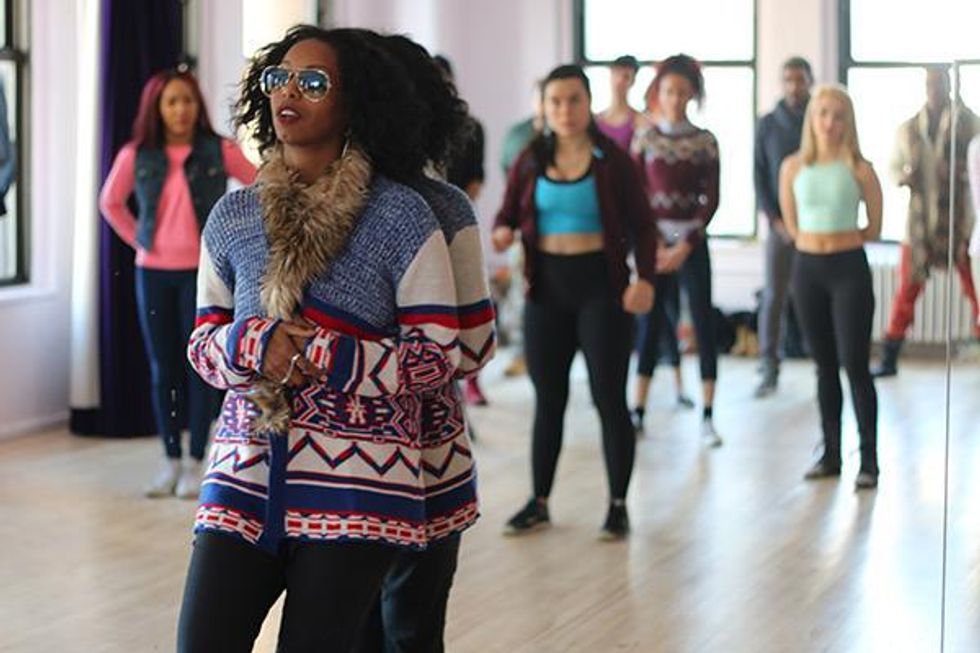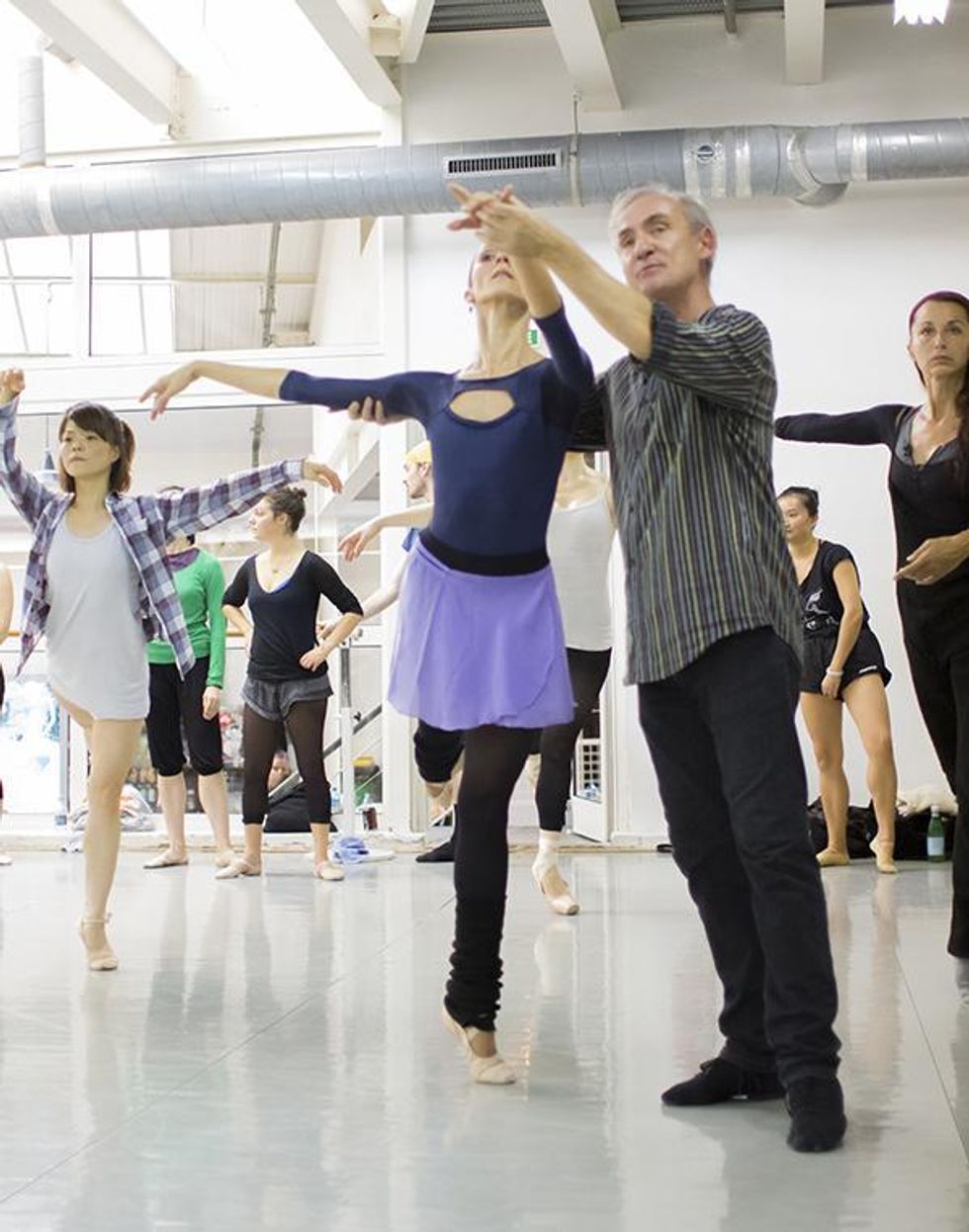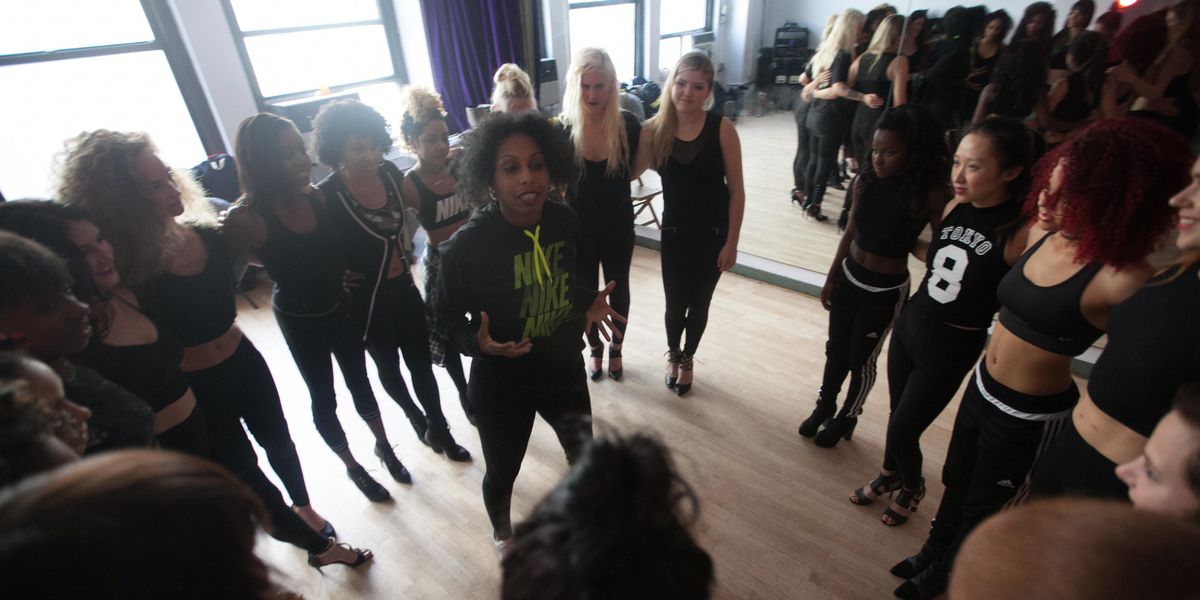How to Take Class in A Language You Don't Understand
Dancers are used to communicating with their bodies. But they can forget how much they rely on verbal cues until the directions are spoken in a different language. “I arrived in France straight out of college in 1977 and didn’t speak a word of French. It was pretty intimidating,” says Wayne Byars, an American ballet dancer who went on to spend his entire career in France. Byars is now a sought-after teacher in Paris, but he did have his early blunders—including mistakenly attending an audition meant for female cabaret dancers.
But students shouldn’t be afraid of taking classes taught in a language they do not understand. “One of the wonderful things about dance is that wherever you go, be it Paris, Tokyo, Rome, a dance studio is a dance studio. You’re home, you’re in your element,” Byars says. Though it can be daunting to take class in a foreign language, embracing that challenge could give you a new perspective on your dancing.

Wayne Byars, PC Sandra Peticolas
1. Start With What You Know
Dancers facing a language barrier should start with a dance form that is familiar to them. “It’s like watching a movie you’ve already seen, but in a foreign language. You might not know exactly what the dialogue is, but you know what is going on,” adds Byars.
Evie Hammer-Lester only spoke a few words of the language when she moved to Sweden in 2008. “I found ballet to be the easiest to jump into, as classes are often taught similarly no matter where you are and it is the dance form that I had been studying the longest,” she says. Wait until your grasp of the language is better to take a class that requires more verbal communication, like a new technique, composition, guided improvisation or partnering.

Luam Keflezgy, PC James Alonzo White
2. Do Your Homework
Further prepare by finding as much information about the class as possible. “Research the teacher. I would try to watch a class in person—not a video online—to see if their teaching style is something I can understand,” says Luam Keflezgy, a hip-hop teacher at Broadway Dance Center in New York City.
If you are taking a particular class regularly and know you will be working on the same phrase over time, practice at home. “I was sometimes able to take a video at the end of class and then I could go over it on my own,” says Hammer-Lester. If you are dancing to music with lyrics and the teacher is connecting the movement to them, says Keflezgy, try to research those lyrics so you can keep up.
3. Don’t Be Afraid of the Teacher
Byars and Keflezgy both say they often notice when students are not fluent even before speaking to them. Byars points out that a teacher may be able to tell where you are from based on variations in your technique. This might actually work to your advantage—so if you get lost, try not to panic. “Teachers want students to understand and they pay attention to what’s happening in the classroom,” says Keflezgy. “If someone is struggling, I’ll notice and try to help.”

Wayne Byars, PC Sandra Peticolas
If it makes you feel more comfortable, you can let your teachers know that you do not speak the language before class. Hammer-Lester found this strategy helpful. Though most people in Sweden speak English, there was rarely time for teachers to interpret for her in class, and not all dance vocabulary translates easily. However, she says, teachers were usually happy to help before or after class when she took the initiative to ask.
4. Be an Observer
If you are doing exercises in groups, wait for a later group so you have a chance to watch other dancers and be sure you know what is going on. “If you are taking ballet class, be discreet when finding a place at the barre, as in some classes and in some countries there is a hierarchy you might not be aware of,” says Byars. Keflezgy suggests keeping an eye on the local dancers to pick up on any differences in their groove and intention. If you feel lost, you can always watch class from the side of the room rather than potentially insulting an instructor by leaving.
This vigilance will help prevent embarrassment, but it can also improve your dancing. “In a class where you can’t understand the language,” says Hammer-Lester, “you’re forced to think critically about your movement in a way you may never have before.”




